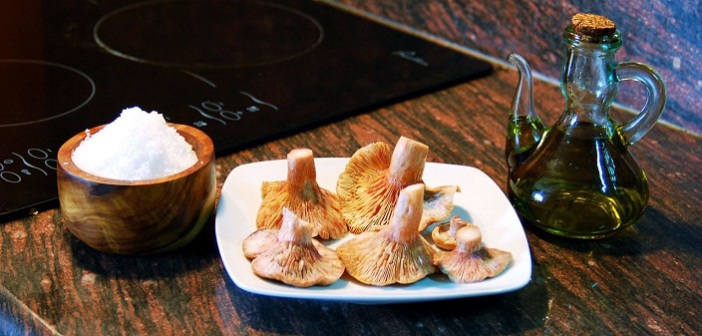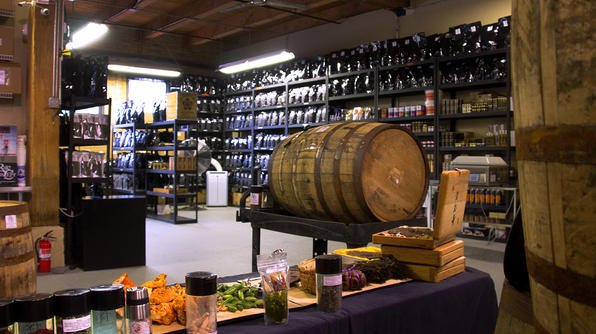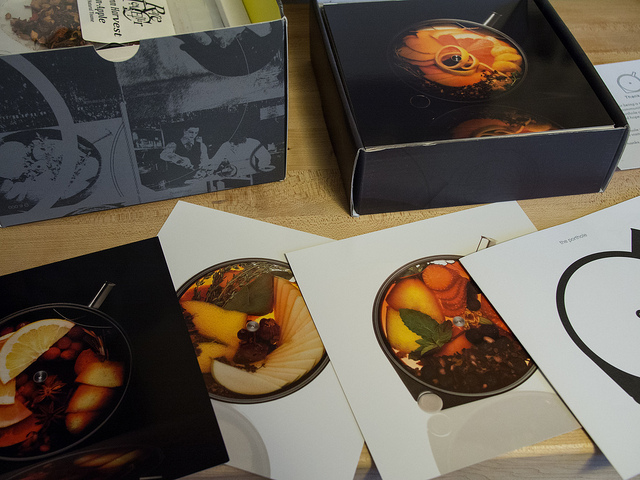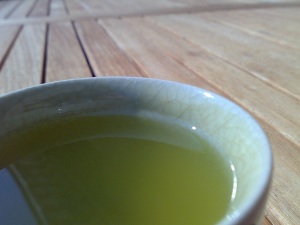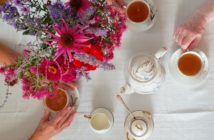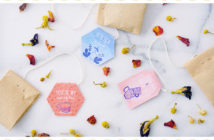When it comes to tea, Rodrick Markus is an uber nerd.
The 42 year-old, referred to as the “Jedi of Chicago tea” by chef Curtis Duffy, opened his Rare Tea Cellar (RTC) in 2005 as a way to bring unique and hard-to-find teas to restaurateurs in the Chicago area as well as discriminating tea enthusiasts online. He currently offers around 450 different teas, some of them extremely expensive, many of them rare, but all wonderfully exquisite.
“At an early age I just fell in love with the whole aspect of tea and all the accouterments” Markus says.
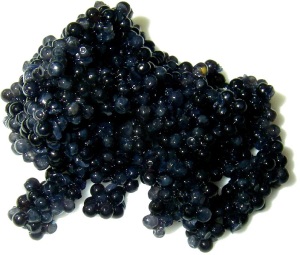 It’s not just tea; Markus’ brother, Brent, says he’s been collecting rare and interesting objects since childhood. When The French Pastry School requested just the cornflower petals from one of Markus’ teas—which, of course, he and his staff hand-picked out of the tea with tweezers—he began to see what other exotic ingredients he could source.
It’s not just tea; Markus’ brother, Brent, says he’s been collecting rare and interesting objects since childhood. When The French Pastry School requested just the cornflower petals from one of Markus’ teas—which, of course, he and his staff hand-picked out of the tea with tweezers—he began to see what other exotic ingredients he could source.
Recent rare gourmet acquisitions include edible maple leaves (sourced from Brent, who just happens to own a rare tree farm), Matsutake mushrooms from remote areas of Oregon, and ambergris—otherwise known as whale vomit. Over 1,000 restaurants worldwide turn to Markus when they need to source rare foodstuffs.
Markus travels the world, going deep into India and China, in search of the best flavors. He also networks like a boss—or, as he calls it, “schmoozapalooza.” That means a lot of Markus’ job is to meet with and talk to people… who introduce him to other people, who might know someone else. That’s likely how he became the exclusive supplier for Madame Zuzu’s Teahouse, a Chicago tea shop and art studio which was started by Smashing Pumpkins frontman Billy Corgan.
So well-known has Markus become that he has been featured on Travel Network’s “Bizarre Foods America” with Andrew Zimmern. Fascinated by Markus’ passion for high quality teas and ingredients, Zimmern fondly referred to him as, “an impassioned teddy bear, of a Willy Wonka of a guy.” That’s a pretty good way to describe the man who often, still, makes his own deliveries to Chicago-area establishments and personally trains chefs in the brewing and use of his rare teas.
So let’s talk about the tea.
On Markus’ Rare Tea Cellar website, you’ll find everything from South African rooibos, aged in rye whiskey barrels with Madagascar vanilla and Mekong cinnamon, to a rare Taiwanese oolong that naturally smells of peach pits, all the way to a 1978 vintage cave-aged pu-erh from China worth $10,000 per pound. Alongside them you’ll find wild limes from Anhui, China, leaves from an exotic hydrangea hand-picked in Korea, and wild-foraged Greek mountain herbs. Everything is oddly specific, deliberately and painstakingly sourced, and enough to make your head explode from foodie joy.
While these little luxuries may arrive at Rare Tea Cellar as single-sourced ingredients, Markus doesn’t always leave them untouched, turning many of them into carefully crafted or scented blends.
“Early on I became obsessed with jasmine varietals,” says Markus, “and I said, ‘If they can scent green tea leaves that are dried, with a flower that is blooming, we can scent tea with anything.'”
This might explain teas such as the RTC Litchi Noir and the Forbidden Forest Lapsang Souchong; the former is scented with freshly crushed litchi fruit, while the latter is smoked in the middle of a forest, over fires made from ancient pine trees.
One of the many remarkable things Markus is known for is his barrel-aged tea. He was originally taught to age tea the common way: by leaving it in particle board boxes for a year or two in the back of his warehouse. The problem was that the tea smelled—and tasted—of particle board. Yum.
 “So we said, ‘How can we take it to the next level and allow it to age without picking up the wrong nuances?'” he says. “For [Madame Zuzu’s 2011 Oak Barrel Aged Keemun] we chose to take pristine California oak barrels that just have a neutral or just an elegant scent to them and age the tea in there, and it just became night and day.”
“So we said, ‘How can we take it to the next level and allow it to age without picking up the wrong nuances?'” he says. “For [Madame Zuzu’s 2011 Oak Barrel Aged Keemun] we chose to take pristine California oak barrels that just have a neutral or just an elegant scent to them and age the tea in there, and it just became night and day.”
Astute readers will note that, once again, Markus is using oddly specific—and rare—items; not just any barrels will do. The RTC Barrel Aged Chai, for instance, is done in a Templeton Rye barrel, while the Barrel Aged Forbidden Forest Lapsang Souchong and Barrel Aged Gingerbread Dream Rooibos are aged in Willet Rye barrels.
Of course, some of Markus’ teas remain naked and unblended—the Emperor’s Tencha, for instance, a gorgeously green specimen of shade-grown tea that would typically be ground and used as ceremonial-grade matcha.
For those looking for truly rare teas, the Emperor’s 88th Night Moonlight Shincha might do the trick. This rare Japanese tea is only picked on the 88th day of spring… by moonlight. Obviously, there’s not much of it out there.
If that’s not good enough for you, there’s the Freak of Nature Oolong. This one is grown high in the Wuyi Mountains of China, and the natural buttery shortbread flavor only occurs when the temperatures swing from 80 degrees to 20 degrees then back up to 80 degrees within a short amount of time. The only way to control production is to control the weather.
In the end, what Markus really brings to the world of tea isn’t just rarity but awareness. According to Corgan, “What I love about what [Rodrick has] done is, when I taste some of [his]teas, I think, ‘Oh this is so cool, this is what I wanted to find in tea but I didn’t know it was available.’

